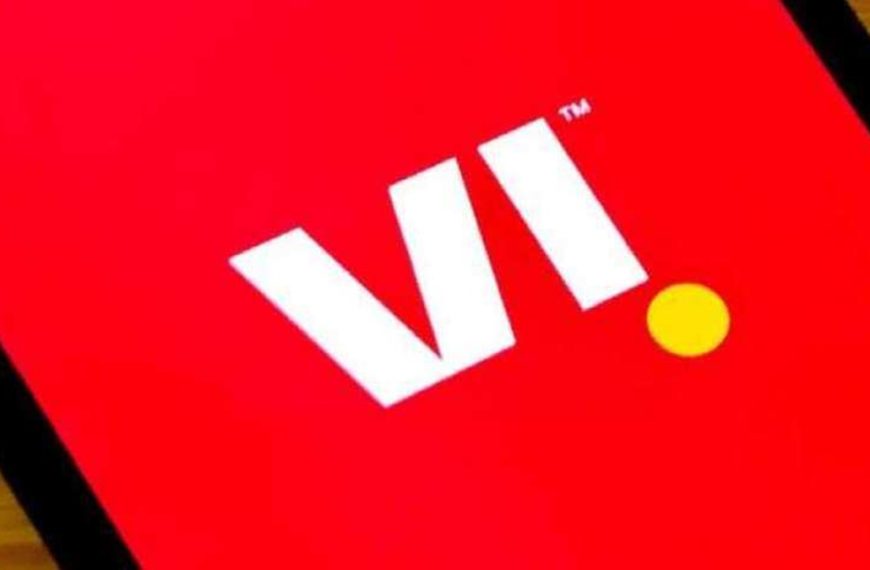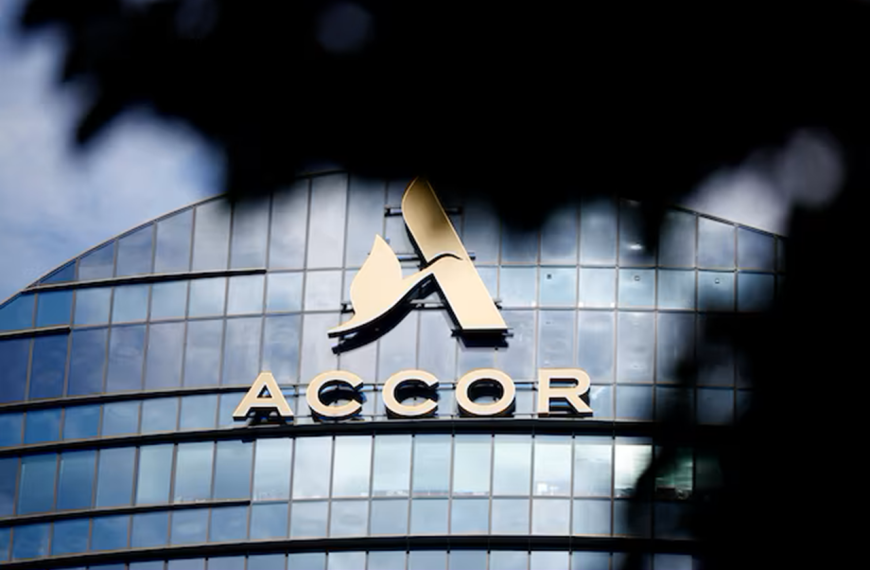The Indian IT services landscape could be bracing for challenges stemming from reciprocal tariffs, which may inadvertently hamper economic growth and consequently impact technology investments in vital sectors like manufacturing, logistics, and retail. Analysts are voicing concerns that these tariffs, intended to bolster American manufacturing, could inadvertently inflate operational costs for U.S. businesses, leading to a decline in spending on essential digital transformation initiatives—an important revenue stream for Indian tech firms.
Understanding the Impact of Tariffs on IT Services
A recent analysis by Jefferies underscores that while the IT sector might not be directly affected by the tariffs imposed under Trump’s administration, there are likely to be indirect repercussions. The report states, “Slower GDP growth due to elevated tariffs could dampen demand in the tech sector, which is critical for IT services.”
Key Observations from Industry Experts
Chirag Kachhadiya, a senior research analyst at Ashoka Stock Broking, emphasizes the importance of the U.S. market, noting that it represents over 50% of revenue for major IT firms. “Although we don’t foresee a direct impact from the tariffs, restrictive trade policies in other sectors could influence technology spending. Industries like BFSI, automotive, and retail are especially susceptible to these economic pressures, which may delay technology investments that have already been stagnant for the past two years,” he explains.
Market Reaction and Stock Performance
The recent tariff announcement triggered a significant market response, causing the Nifty IT index to drop by 4% on Thursday. Major players like Infosys, TCS, HCL Technologies, and Wipro saw their stocks decline by 3% to 4%, while mid-cap companies like Coforge and Persistent Systems faced even steeper losses, plummeting by 8% and 10%, respectively. Over the past three months, the Nifty IT Index has already seen a 20% correction.
Additional Challenges for Indian IT Firms
Beyond tariffs, experts are cautioning about the implications of increased onshoring and stricter immigration policies, which could add to the hurdles faced by Indian IT companies. Jefferies highlighted that during Trump’s previous term, the tightening of the H1B visa program resulted in a fivefold increase in visa denial rates. This scenario created supply chain challenges for Indian IT firms, leading to a higher reliance on local resources and subcontractors, which subsequently put pressure on profit margins.
A Shift in Workforce Dynamics
However, the report suggests that the ramifications this time around may be less severe, as Indian IT firms have adjusted by increasing their offshore workload and decreasing dependence on H1B visas since 2017. Notably, over 60% of their U.S. workforce comprises local hires, which may mitigate some of the adverse effects of the new tariffs.
Future Projections for the Sector
The outlook for the Indian IT sector remains uncertain. Kotak Institutional Equities and Motilal Oswal Financial Services predict a modest 5% growth in constant currency revenue for top Indian IT companies by FY26. Meanwhile, JM Financial has revised its revenue forecast down from 7.8% to 5.8%.
In conclusion, while the immediate impact of the tariffs on the Indian IT services sector may be limited, the potential for indirect effects looms large. Companies must navigate these economic challenges carefully to sustain growth in an evolving market landscape.











